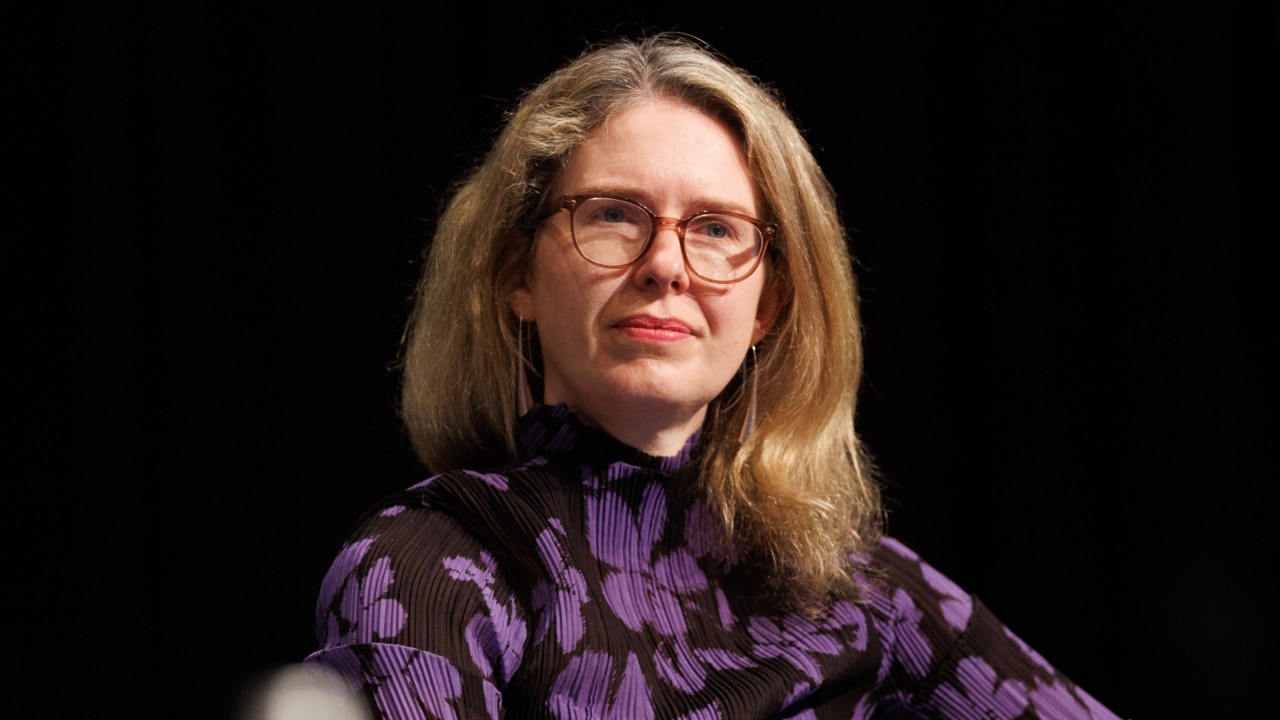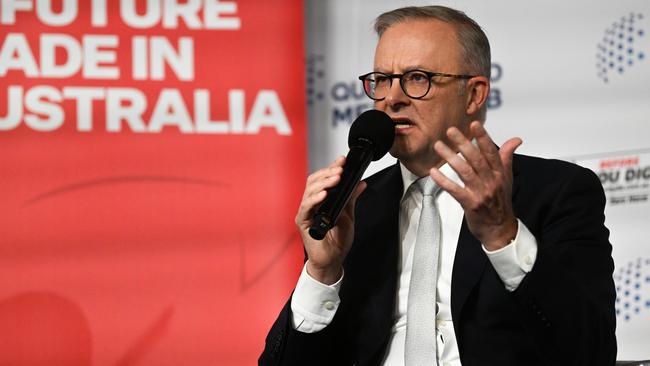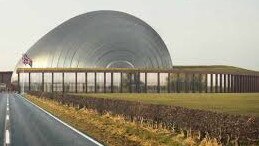Paul Starick: Why South Australia will be a nuclear power battleground at the 2025 federal election
Crunch time for affordable, reliable electricity is coming fast and SA will be key to deciding nuclear power’s fate, writes Paul Starick.

SA News
Don't miss out on the headlines from SA News. Followed categories will be added to My News.
Crunch time is rapidly approaching in the race to deliver affordable, reliable electricity while transitioning Australia to a net-zero economy.
The next federal election, expected early next year, will be yet another battle in the climate war that has deadlocked politicians and delivered little for voters – other than dramatically higher power prices.
The fundamental choice at this election will be between pumping billions of dollars into building wind and solar farms – or nuclear power plants.
Prime Minister Anthony Albanese argues renewable energy will bring cheaper power prices and boost sovereign capability by reviving manufacturing.
A Net Zero Australia report released last July finds $1.5 trillion will have to be spent by the end of this decade, particularly on rolling out transmission networks to support new wind and solar, if Australia is going to meet its emissions reductions targets by 2050.
The group, which included experts form Melbourne, Queensland and Princeton universities, said: “Nuclear power should not be in our plans, because it’s too expensive and slow”.

His rival, Opposition Leader Peter Dutton, argues the Coalition could deliver cheaper power prices by installing the first small-modular nuclear power reactors into the grid by the mid-2030s, at a cost of $3.5bn to $5bn each.
They would be built by Rolls-Royce, also the supplier of nuclear reactors for AUKUS submarines to be built in Adelaide as part of $368bn project.
The reported cost and timeline, at the very least, raises strong questions over Labor’s blanket rejection of nuclear as uneconomic, given the amount that is being ploughed into renewables.
South Australia will be at the epicentre of this epic battle over electricity generation and prices.
The state has world-leading penetration of renewable energy and the world’s largest uranium resource at Olympic Dam.
The Coalition wants a nuclear power plant at Port Augusta.

The consequences are huge, as straight-talking Alinta Energy chief Jeff Dimery said on Wednesday, when he argued Australians must face the “hard truth” of having to pay more for electricity to reach net zero by 2050”.
State and federal Labor governments want to rapidly accelerate the renewable push.
Premier Peter Malinauskas in late February said the 100 per cent renewables net electricity generation target would be brought forward three years from 2030 to 2027.
The catalyst, he vowed, would be a clean energy boom underpinned by the state-owned, $593m hydrogen power plant operating in Whyalla from 2026.

This project, a core 2022 election promise, almost certainly will attract federal funding in the May federal budget, as part of massive government investment in the energy transition promised by Prime Minister Anthony Albanese in a landmark speech on Thursday.
Mr Albanese is citing green iron production at Whyalla steelworks, fuelled by green hydrogen from the state-operated plant, as a key example of his Future Made in Australia plan.
But the federal Coalition and state Liberals sense an opportunity to wedge Mr Malinauskas on nuclear energy.
He seems a supporter, frustrated only by a disciplined commitment to implement his hydrogen power plant election promise, plus remain in lock-step with Labor colleagues by insisting it is uneconomic.

“If we win the election, it is clear to me that Peter Malinauskas would be the first to sign up (to nuclear power) and we could deal with the regulatory burdens quickly,” Mr Dutton told The Weekend Australian on April 6.
His state Liberal counterparts will try to flush out Mr Malinauskas on nuclear, by moving a motion in parliament that includes expressing support for “baseload zero emissions nuclear power being considered as part of a source-agnostic pathway to clean, zero emissions energy production”.
Whatever the machinations, voters will soon, appropriately, decide nuclear power’s future.
More Coverage
Originally published as Paul Starick: Why South Australia will be a nuclear power battleground at the 2025 federal election





